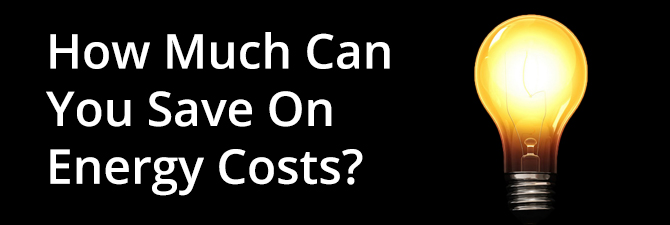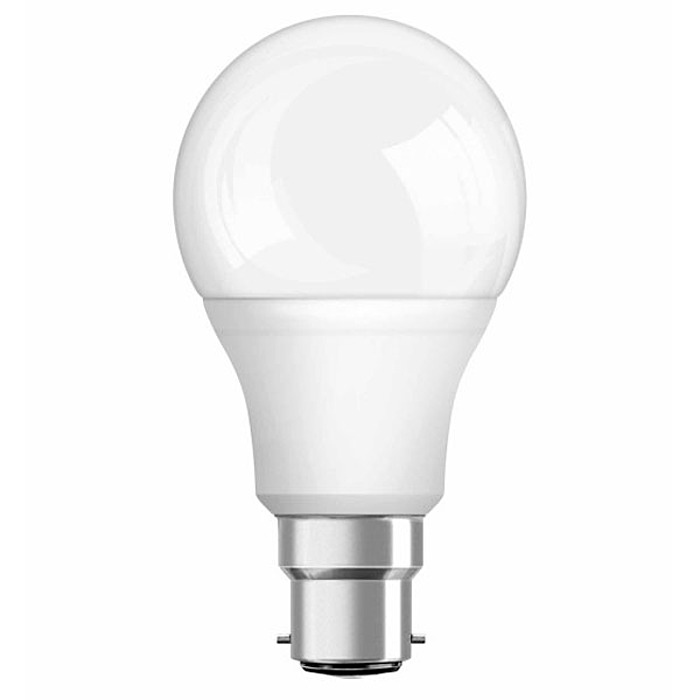
What Are Energy Saving Bulbs?
As UK shopping trends have evolved more and more of us are beginning to edge towards pound and bargain shops where there are massive savings to be made. But do we really know what we're buying? Do those £1 light bulbs really have the longevity and energy efficiency of that of a dear priced branded product?
Despite the average cost of an energy saving LED bulb been higher than that of standard transcendent bulbs coming in at an average of £4-£6 across most UK retailers; there are still numerous advantages to energy saving bulbs in the long term.
Let me try and convince you. Let's take a look at all the ins and outs of energy efficient Bulbs.
What Fittings Do They Come In?
Energy Saving LED bulbs come in a range of standard bulb fittings. Manufacturers have developed their energy saving bulbs in the same way old transcendent bulbs have been designed where their product ranges integrate the most common bulb fitting types. Depicted is an overview of the shapes and styles of the most common fittings which have been designed to suit a wide range of lighting appliances from childrens night lights to chandeliers.
What Shapes Are Available?
As I'm sure most of you know, manufacturers don't produce a variety of bulb shapes so that they look good to the eye; it's all about the projection of light. The shape and design of a bulb will determine the beam angle and direction of which the light goes so it's important to think about a few factors such as the appliance, room size and location. Theres hundreds and thousands of variations of shapes and designs, enough to cover an encyclopedia of bulbs, however when it comes to picking a bulb check the specifications for beam angle and apply a bit of common sense. For instance a candle or stick bulb would suit a low wattage lamp; where it would give an ambient shade of lighting. On the other hand a round a round or golf ball bulb won't as it would emit too much light taking away from lamps overall effect and purpose.
How Can They Benefit You?
According to a study by the European energy saving trust which was conducted by their technical development manager James Russel; the study stated that with an average of 20 LED bulbs been used in a standard UK household, and been turned on for a daily average of 3.7 hours a day which is the energy trusts typical figure for a bulb in the kitchen or living room that the annual running costs would be £23-£31 in comparison to halogen lights with an annual average of £287.00 and transcendent bulbs at an annual average of £240.00. This is great especially if you live in the UK or in a European country. Most of us have experienced changes to the cost of energy and will more than likely continue to do so throughout quarterly periods of the year so the study continued to conclude that if you are a UK based citizen with the rise and fall of energy prices and the inclusion of energy efficient bulbs in your home you'll have made savings and paid back the cost of the purchase of a household full of energy efficient LED's within 8-14 months. Additionally, most branded energy efficient bulbs will offer a lifetime of up to 25,000 hours or more meaning you'll only ever need a change every 2.85 years!

See our full Of Stock of Lighting Accessories in store